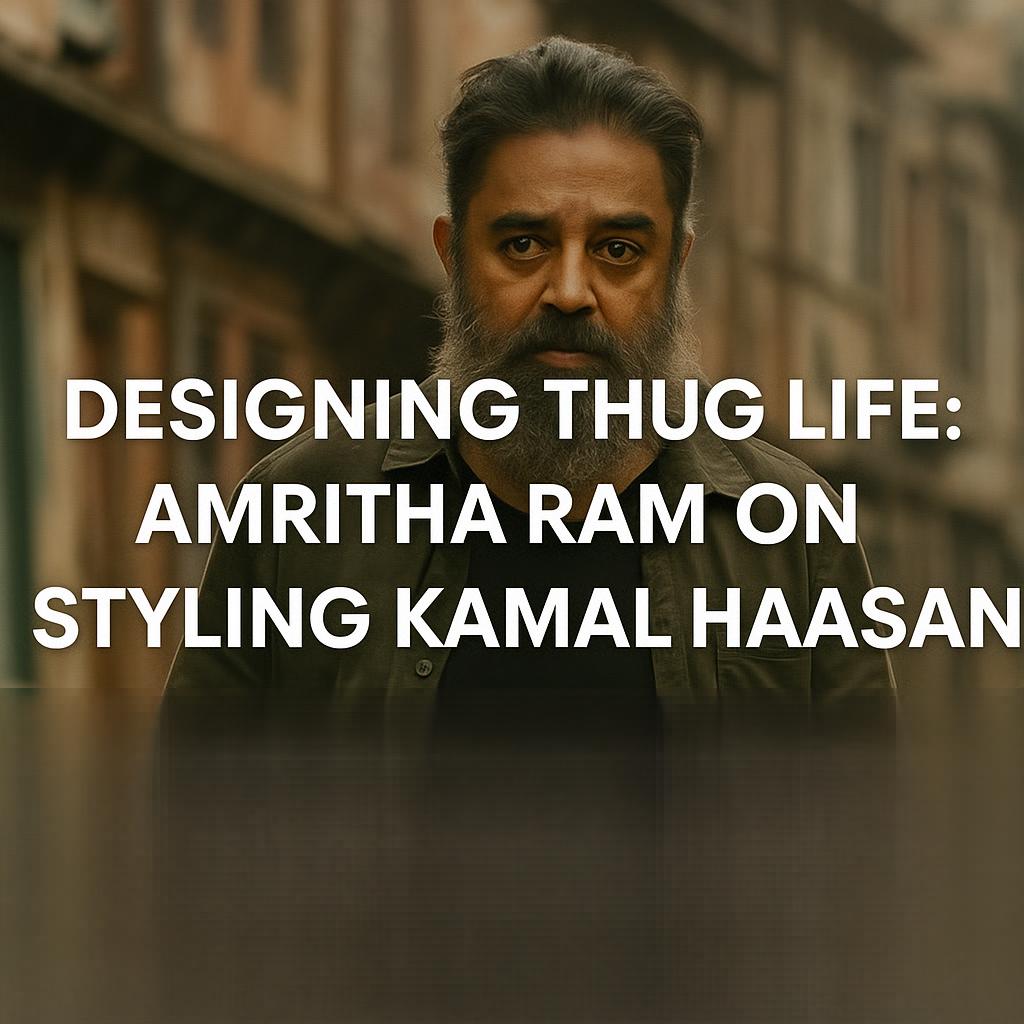
Costume design in Indian cinema often dances between fantasy and realism. But in Thug Life, Amritha Ram collaborates with cinematic icons Kamal Haasan and Mani Ratnam to craft a fashion-forward yet character-driven wardrobe that breaks norms. In an exclusive with ETimes, Amritha reveals how meticulous planning, storytelling, and visual language drove her designs.
Tip 1: Collaboration Is the Key to Vision
When asked what excited her most about working on Thug Life, Amritha simply said, “Two names: Kamal Haasan and Mani Ratnam.” The sheer reputation of these legends shaped her approach. Mani Ratnam was clear about the film’s visual tone—stripping away Bollywood glamor for something minimalistic yet powerful.
“Mani sir guided me all the way. He knew exactly what he wanted,” she shared.
Working with Kamal, who understands fabric, dyeing, and even costume history, was a learning curve. His feedback and improvisations shaped each detail.
Tip 2: Costumes Should Reflect Character Arcs
Amritha broke Kamal’s wardrobe into three visual stages:
-
Young Kamal (90s look): Earthy tones, simple silhouettes—crafted to reflect youth and hope.
-
Middle-aged Delhi Thug: Understated attire—capsule digital watch, neutral color palettes like beige, midnight blue, and black. “The character speaks for itself,” Mani Ratnam insisted.
-
Nepal Look (Post-jail): Long textured hair, wild beard, rugged outfits. The look was raw—“no color” except for muted greens and blacks—perfectly capturing a man broken yet alive.
Each look was tied to the narrative progression, making fashion a storytelling tool.
Tip 3: Prepare, Prototype, Perfect
Unlike many film sets, Thug Life followed a rigorous visual planning process:
-
First, Amritha built a costume board with sketches and fabric samples.
-
Then, Mani Ratnam handpicked elements to finalize mood and tone.
-
On trial day, Kamal tried everything while Mani clicked reference pictures. The team iterated until every outfit matched the story.
“We didn’t just wing it on set. Every piece was decided beforehand,” she explained.
Aesthetic Meets Authenticity
Amritha’s work in Thug Life is more than costume—it’s emotion stitched into every scene. While controversies may cloud public perception, her creations are being praised for offering something fresh and nuanced.
Audiences noticed the difference—from Delhi’s street realism to Nepal’s wild terrain—every frame carried sartorial intention. This isn’t just fashion—it’s function, identity, and performance woven together.
“It’s an experience I’ll always cherish,” says Amritha.



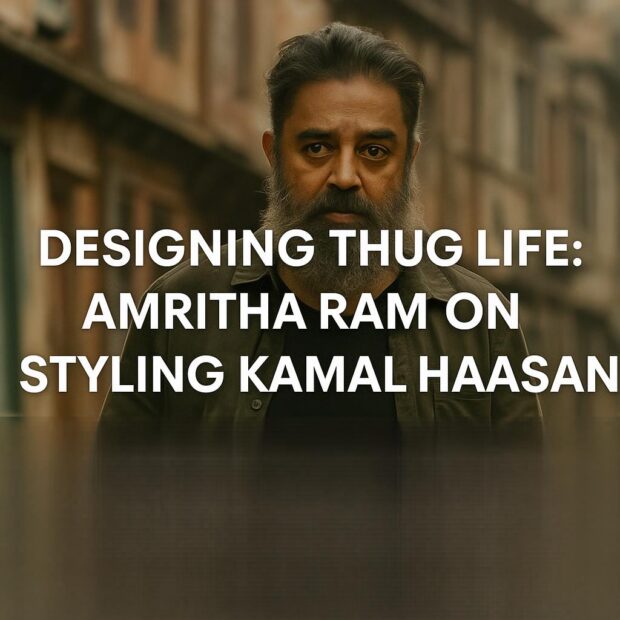
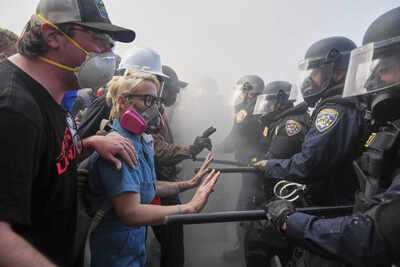

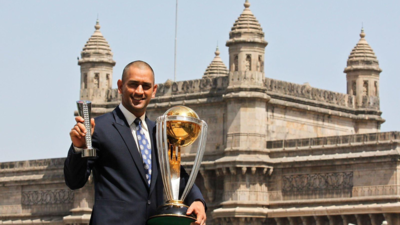
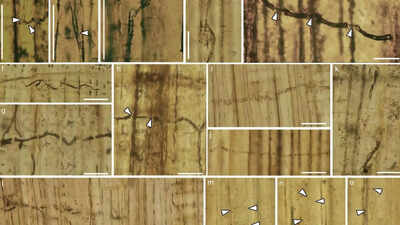


Be the first to leave a comment